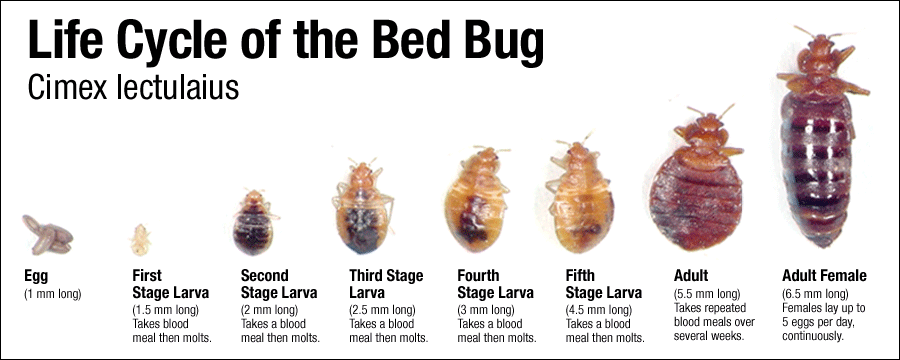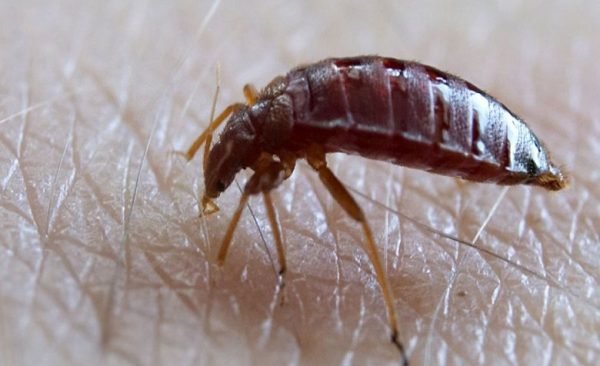Reliable Top Rated Pest Control Company in Arlington for Immediate Relief
Reliable Top Rated Pest Control Company in Arlington for Immediate Relief
Blog Article
Get Informed About the Kinds of Parasite Control Approaches and Their Benefits for House Owners
Comprehending the different bug control methods available to property owners is important for efficient insect management. Property owners who are well-informed can make strategic options that not only address insect issues but also boost the total high quality of their living atmosphere.
Chemical Insect Control Methods
Chemical insect control techniques are a vital component of integrated parasite administration techniques for property owners seeking reliable remedies to pest infestations. These approaches entail the application of chemical compounds designed to remove or prevent insects that threaten personal building, health and wellness, and comfort. Usual chemicals utilized consist of insecticides, rodenticides, herbicides, and fungicides, each tailored to target details parasites.
The main advantage of chemical bug control is its rapid efficiency; many formulas provide instant outcomes, lowering pest populations significantly quickly. In addition, developments in chemical formulations have brought about products that are a lot more ecologically pleasant and have lower poisoning degrees for non-target organisms when applied appropriately.

Biological Bug Control Methods
All-natural pest control techniques have actually acquired prominence as home owners look for safer and more lasting alternatives to standard chemical techniques. Biological parasite control strategies make use of all-natural predators, bloodsuckers, or pathogens to manage bug populations properly. This method is not just ecologically friendly however also decreases the danger of harm to non-target varieties, consisting of useful bugs and wild animals.
One of one of the most usual organic control approaches includes presenting all-natural killers right into the setting. As an example, ladybugs can be made use of to manage aphid populations, while nematodes target soil-dwelling pests like grubs. Furthermore, parasitoids-- organisms that live on or within a host-- can be utilized to manage specific pest types by laying eggs inside them, inevitably causing their demise.
An additional technique is making use of biopesticides, which are acquired from all-natural materials such as germs, plants, or minerals (bed bug exterminator). These items can successfully target bugs while posturing marginal danger to pet dogs and people. In general, organic insect control methods offer homeowners with an efficient means of parasite management that lines up with ecological principles, promoting a much healthier living atmosphere while lowering reliance on synthetic chemicals
Mechanical Bug Control Approaches
Mechanical insect control approaches encompass a selection of approaches that physically prevent or eliminate insects without the usage of chemicals. These techniques are especially advantageous for house owners looking for eco-friendly options while making certain the safety of their living spaces.
One common approach is using obstacles, such as internet, catches, and screens, which protect against bugs from getting in homes or certain locations. For example, installing home window displays can successfully keep insects out, while making use of physical barriers around gardens can prevent bigger bugs like rabbits or deer. In addition, mechanical catches designed for rodents can capture and eliminate these parasites without the need for hazardous substances.
An additional efficient approach involves article source making use of vacuums and mops to get rid of pests directly from surfaces. Regular cleaning and maintenance can considerably minimize pest populations by removing food resources and hiding places. Employing tools like ultrasonic pest repellents can discourage numerous bugs via sound waves that are undesirable to them yet inaudible to people.
Cultural Parasite Control Practices
Cultural parasite control techniques concentrate on customizing the setting and management techniques to create conditions that are less for pest invasions. These techniques are essential in maintaining a well balanced ecosystem and minimizing the reliance on chemical interventions. By altering farming methods, house owners can efficiently prevent bugs while advertising plant wellness.
One usual method includes crop rotation, which interrupts the life cycles of pests by altering the types of plants grown in a specific location (bed bug exterminator). This not only lessens pest populations yet likewise enhances dirt health. In addition, intercropping-- growing varied plants in closeness-- can puzzle bugs and decrease their capacity to locate their preferred host plants
Water monitoring is an additional critical aspect of cultural methods. Proper irrigation techniques can avoid standing water, which acts as a reproduction ground for insects and other insects. In addition, preserving cleanliness in and around the home, such as frequently eliminating debris and food waste, can substantially lower parasite attraction.
Incorporating these cultural techniques right into a detailed pest management technique allows home owners to produce an atmosphere that normally deters parasites, thus improving the performance of other control techniques while promoting sustainable gardening and landscaping.

Integrated Bug Management Approaches
Integrated Parasite Administration (IPM) represents an all natural strategy that incorporates numerous methods to effectively handle bug populations while decreasing ecological effect. This technique integrates organic, cultural, physical, and chemical techniques to achieve sustainable pest control. By evaluating pest populations and their natural enemies, IPM emphasizes monitoring and recognizing bugs prior to applying control actions.
One of the core concepts of IPM is using limits, which establish the level of insect task that requires treatment. This makes certain that therapies are applied only when required, minimizing the dependence on chemical pesticides. Biological control methods, such as presenting natural predators or parasites, job in conjunction with cultural techniques like crop turning and habitat manipulation to disrupt pest life cycles.
Additionally, IPM encourages using least-toxic chemical choices when treatment is essential, focusing on products that pose marginal risk to non-target organisms and the setting. For house owners, taking on IPM approaches not just improves the effectiveness of pest monitoring yet also advertises a healthier living setting, cultivating biodiversity and decreasing chemical direct exposure. Eventually, IPM equips house owners to make educated choices that balance insect control with eco-friendly duty.
Verdict
In verdict, understanding the numerous pest control approaches encourages house owners to make informed choices relating to pest monitoring. Each special info approach-- chemical, biological, mechanical, cultural, and incorporated bug administration-- provides distinctive benefits that cater to different requirements and choices.
Recognizing the various pest control approaches readily available to home owners is vital for efficient insect monitoring.Chemical insect control approaches are bed bug exterminator an essential part of integrated insect administration strategies for home owners seeking effective options to pest problems. Overall, organic insect control strategies offer house owners with an efficient ways of bug administration that straightens with eco-friendly concepts, promoting a healthier living environment while lowering dependence on synthetic chemicals.
Social bug control methods focus on modifying the atmosphere and monitoring strategies to develop problems that are much less conducive to pest invasions.In final thought, comprehending the various pest control approaches empowers property owners to make informed choices relating to pest management.
Report this page